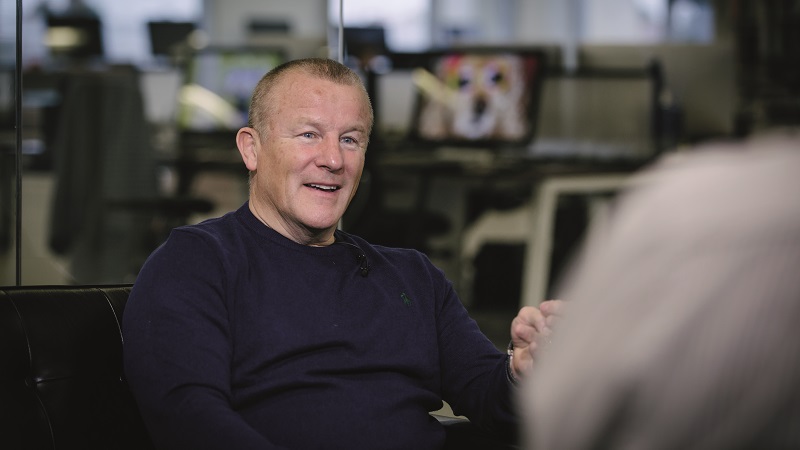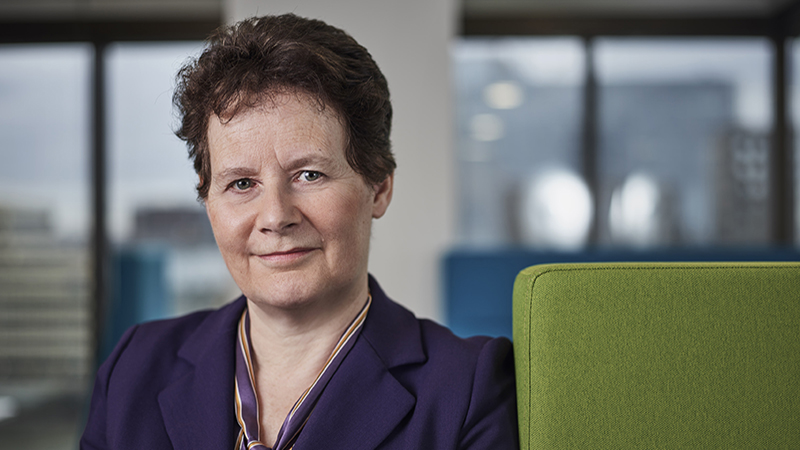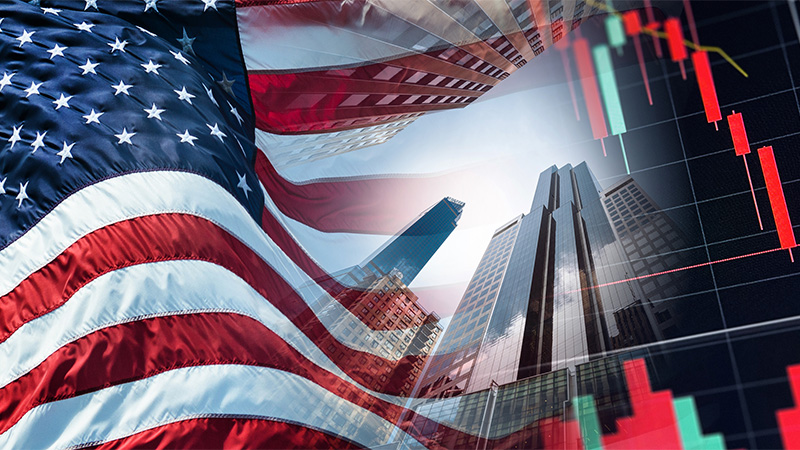Volatility in equity markets has risen to some of the highest levels recently since the financial crisis in 2008/09 spooked by the financial funding crisis in Europe and concerns that the US recovery is faltering.
But it isn’t just the equity markets that have seen higher levels of volatility; it has been replicated in fixed interest markets too, particularly high yield.
The cost of insuring against default in the high yield market has risen by approximately 75% and by around 65% in the investment grade market. The actual rise in the cost of insuring any particular bond against default is of course driven by the bonds’ underlying fundamentals and these vary, but as a guide, these rises show just how much volatility has come to the fore. As high yield corporate bonds have sold off yields have risen which presents an investment opportunity but as any manager will tell you, selection is key.
Putting bank corporate bonds to one side, because of the uncertainty over their future, much of the corporate bond sector is in good shape. After the credit crisis many businesses refinanced their debt and extended their terms some years into the future. This re-capitalisation has put them on stronger financial footings, but caution over the outlook for the economy has in turn made them cautious about managing their businesses.
So, after a splurge of bond issues to re-capitalise balance sheets, there has been little new issuance. Consequently there is arguably a scarcity of quality corporate bonds available. With interest rates remaining low for the foreseeable future and the search for income a core requirement of many investors, there is an opportunity to buy into quality corporate bonds, both investment grade and high yield.
Another factor, and consequence of rising volatility, is that the implied default rate for corporate bonds has risen, just as it did during the credit crisis, albeit not to the same levels.
However, as things stand, BBB rated bonds are priced for default rates of 20% over the next five years, in other words there is a 20% chance that a BBB bond will default in the next five years. History shows that since the 1970’s the worst default rate for BBB bonds was just 6%. For defaults to reach 20% the conclusion has to be that a recession is on its way which will be worse than the fall out after the credit crisis. Bonds with lower credit rating have seen their implied default rates blow out further to nearly 60%. Whilst there is a much higher likelihood that defaults will occur in bonds with weaker credit ratings, the worst outcome at the single B end of the market saw defaults reach around 40% (source M&G). So it would appear reasonable, given the historical evidence, to expect the actual default rate to be considerably lower than that which the market is pricing in, as was the case during the financial crisis.
Additionally with stronger corporate balance sheets, prudent financial management, better profitability and a bond market focused on the day to day financial machinations of Europe there is an opportunity to boost yields within portfolios.











